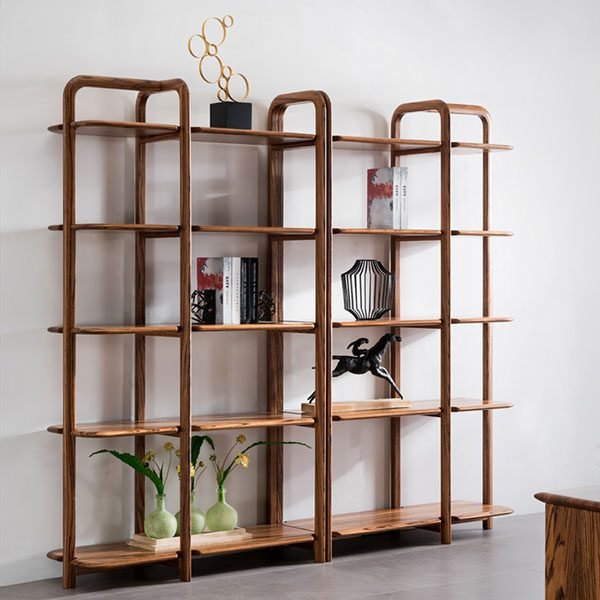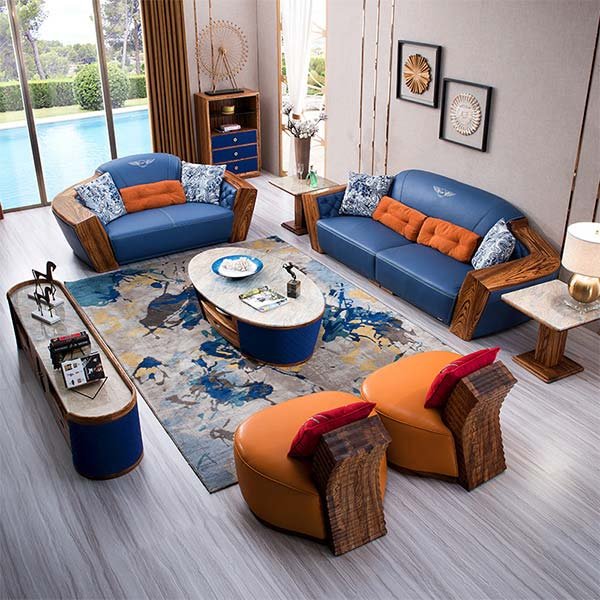“Arrange with care, create a space that’s fair.”
Arranging Furniture for Conversation
Arranging furniture in a living room can be a daunting task, but with the right approach, you can create a space that is both functional and aesthetically pleasing. One important aspect to consider when positioning furniture in a living room is creating a layout that promotes conversation.
When arranging furniture for conversation, it’s important to consider the flow of the room. Start by placing the largest piece of furniture, such as a sofa or sectional, in a central location. This will serve as the anchor for the rest of the furniture in the room. Position additional seating, such as armchairs or loveseats, around the central piece to create a cozy seating area.
To encourage conversation, make sure that the seating is arranged in a way that allows for easy interaction. Avoid placing furniture too far apart, as this can create a sense of distance between people. Instead, aim to create an intimate seating arrangement where everyone can comfortably engage in conversation.
In addition to the layout of the furniture, consider the placement of other elements in the room, such as coffee tables and side tables. These pieces can help to create a cohesive look and provide convenient surfaces for drinks and snacks during conversations. Position these tables within easy reach of the seating area to ensure that they are functional and practical.
When arranging furniture for conversation, it’s also important to consider the overall aesthetic of the room. Choose furniture pieces that complement each other in terms of style and color. Consider incorporating accent pieces, such as throw pillows or rugs, to add visual interest and tie the room together.
Another important factor to consider when arranging furniture for conversation is the lighting in the room. Make sure that the seating area is well-lit to create a warm and inviting atmosphere. Consider incorporating a mix of overhead lighting, such as ceiling lights or chandeliers, as well as task lighting, such as floor lamps or table lamps, to create a layered lighting scheme.
In conclusion, arranging furniture for conversation in a living room requires careful consideration of the layout, seating arrangement, and overall aesthetic of the room. By following these tips and guidelines, you can create a space that is not only functional but also conducive to engaging conversations with family and friends. Remember to experiment with different furniture arrangements until you find a layout that works best for your space.
Maximizing Space with Furniture Placement
When it comes to designing a living room, one of the most important aspects to consider is how to position furniture in order to maximize space and create a functional layout. Proper furniture placement can make a room feel more spacious, inviting, and organized. In this article, we will discuss some tips and tricks for positioning furniture in a living room to achieve the best possible layout.
One key tip for maximizing space with furniture placement is to consider the size and shape of the room. Before moving any furniture, take measurements of the room and create a floor plan to help visualize different layout options. This will help you determine the best placement for each piece of furniture and ensure that there is enough space for traffic flow and movement within the room.
Another important factor to consider when positioning furniture in a living room is the focal point of the room. This could be a fireplace, a large window with a view, or a television. Arrange the furniture around the focal point to create a cohesive and balanced layout. For example, if the focal point is a fireplace, place the sofa and chairs facing towards it to create a cozy seating area.
In addition to the focal point, it is also important to consider the function of the room. Think about how you will be using the space on a daily basis and arrange the furniture accordingly. For example, if you enjoy entertaining guests, create conversation areas with seating that encourages interaction. If you use the room for watching TV, make sure the seating is positioned for optimal viewing.
When positioning furniture in a living room, it is important to leave enough space between pieces to allow for easy movement and flow. Avoid overcrowding the room with too much furniture, as this can make the space feel cramped and cluttered. Instead, focus on creating a balanced layout with a mix of different types of furniture, such as sofas, chairs, and tables.
One trick for maximizing space with furniture placement is to use multipurpose furniture pieces. For example, a coffee table with storage can help keep clutter at bay, while a sofa bed can provide extra sleeping space for guests. Look for furniture that serves more than one function to make the most of the space in your living room.
In conclusion, proper furniture placement is essential for maximizing space in a living room. By considering the size and shape of the room, the focal point, the function of the space, and leaving enough room for movement, you can create a functional and inviting layout. Remember to use multipurpose furniture pieces and avoid overcrowding the room with too much furniture. With these tips and tricks, you can create a living room that is both stylish and practical.
Creating a Focal Point with Furniture
When it comes to designing a living room, one of the most important aspects to consider is how to position furniture in order to create a cohesive and visually appealing space. One key element to keep in mind is the creation of a focal point within the room.
A focal point is a central element that draws the eye and anchors the room. This could be a fireplace, a large piece of artwork, or a statement piece of furniture. By positioning furniture around this focal point, you can create a sense of balance and harmony in the room.
One way to create a focal point with furniture is to arrange seating around a central piece, such as a coffee table or a large sofa. This not only creates a sense of unity in the room, but also encourages conversation and interaction among guests.
Another way to create a focal point with furniture is to use contrasting pieces to draw the eye. For example, you could place a bold, colorful armchair against a neutral backdrop, or position a unique piece of furniture in a prominent location. This adds visual interest and creates a dynamic focal point in the room.
In addition to creating a focal point with furniture, it is also important to consider the flow of the room. Furniture should be arranged in a way that allows for easy movement and access to all areas of the room. This means leaving enough space between pieces to walk comfortably and ensuring that there are clear pathways throughout the room.
When positioning furniture, it is also important to consider the scale and proportion of the pieces. Large furniture should be placed against larger walls, while smaller pieces can be used to fill in smaller spaces. This helps to create a sense of balance and prevents the room from feeling overcrowded or unbalanced.
In terms of style, it is important to choose furniture that complements the overall aesthetic of the room. This could mean selecting pieces that match the color scheme, or choosing furniture with similar design elements. By keeping the style consistent, you can create a cohesive and harmonious look in the room.
Ultimately, the key to positioning furniture in a living room is to create a sense of balance, harmony, and visual interest. By creating a focal point with furniture, considering the flow of the room, and choosing pieces that complement the overall style, you can design a space that is both functional and aesthetically pleasing.
Заключение
Position furniture in a living room to create a comfortable and functional space by considering the flow of traffic, focal points, and balance of the room. Make sure to leave enough space for easy movement and access to seating areas.



